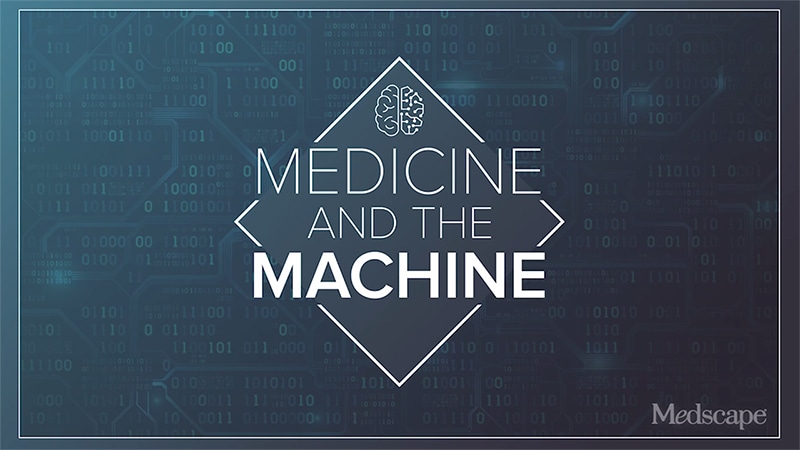The Impact of Polio Epidemic on Modern ICU Development
Core Concepts
The polio epidemic in Denmark led to the birth of the modern ICU, highlighting the importance of positive pressure ventilation and interdisciplinary care.
Abstract
The content delves into the historical significance of the polio epidemic in Denmark and its profound impact on the development of the modern Intensive Care Unit (ICU). Key highlights include:
Hannah Wunsch's book, "The Autumn Ghost," explores the polio epidemic in Denmark in 1952.
The role of Blegdam Hospital in Copenhagen as the epicenter of the polio outbreak.
The involvement of anesthesiologist Bjørn Ibsen in introducing positive pressure ventilation techniques.
The transformation of medical care, appreciation for blood gases, and the birth of the ICU due to polio.
The parallel between COVID-19 and polio in terms of transmission, asymptomatic cases, and long-term consequences.
The post-polio syndrome and its impact on patients, highlighting the need for awareness and understanding in medical care.
The comparison between polio and tuberculosis, with a focus on the history and challenges of tuberculosis treatment.
How the Modern ICU Was Galvanized By a Polio Epidemic
Stats
"By the time the epidemic was over, 1 in 200 boys aged 1 to 4 had been paralyzed by polio."
"At one point, they kept 70 patients alive this way."
"It was just good, basic critical care with some refinements, and some medication changes and things like that helped improve outcomes."
Quotes
"That I could save the patient's life with such a simple method was one of the most incredible moments of my life. We had our first polio patient under control."
"The legacy of these polio patients continues in the care provided to millions of patients with a wide array of medical conditions across the globe who breathe with the help of mechanical ventilation and receive the complex multidisciplinary care delivered in ICUs worldwide."
Key Insights Distilled From
by Eric J. Topo... at www.medscape.com 08-15-2023
https://www.medscape.com/viewarticle/993711
Deeper Inquiries
What are the implications of the historical development of the ICU on current critical care practices?
The historical development of the ICU, particularly in the context of the polio epidemic, has had profound implications on current critical care practices. The pioneering work done during the polio outbreak, such as the introduction of positive pressure ventilation and the establishment of interdisciplinary teams, laid the foundation for modern ICU care. The use of mechanical ventilators, blood gas monitoring, and the emphasis on multidisciplinary collaboration all stem from the lessons learned during that time. The recognition of the importance of anesthesiologists in critical care, as exemplified by Bjørn Ibsen's contributions during the polio epidemic, has shaped the way critical care teams are structured and function today. The emphasis on human connection and patient-centered care, as highlighted in the book, serves as a reminder to healthcare providers to always prioritize the individual behind the medical condition. Overall, the historical development of the ICU during the polio epidemic has significantly influenced and advanced current critical care practices, emphasizing the importance of innovation, collaboration, and patient-centered care.
How can the lessons learned from the polio epidemic be applied to the management of future infectious disease outbreaks?
The lessons learned from the polio epidemic can be invaluable in guiding the management of future infectious disease outbreaks. One key takeaway is the importance of early recognition and understanding of the disease transmission dynamics. As seen in the polio epidemic, the initial confusion and misinformation about how the virus was transmitted led to challenges in containment and treatment. Therefore, it is crucial for healthcare systems and public health authorities to prioritize accurate and timely information dissemination to prevent the spread of infectious diseases.
Additionally, the experience with polio highlights the significance of medical innovation and adaptation in the face of a rapidly evolving outbreak. The development of new treatment modalities, such as positive pressure ventilation, and the willingness to explore unconventional approaches, as demonstrated by Bjørn Ibsen, underscore the need for flexibility and creativity in managing infectious diseases.
Furthermore, the focus on long-term consequences, such as post-polio syndrome, emphasizes the importance of comprehensive and ongoing care for individuals affected by infectious diseases. Healthcare systems should be prepared to address not only the acute phase of an outbreak but also the potential long-term health implications for survivors.
By applying these lessons from the polio epidemic, healthcare providers and public health officials can enhance their preparedness and response strategies for future infectious disease outbreaks, ultimately improving outcomes and mitigating the impact on individuals and communities.
How can the medical community raise awareness about post-polio syndrome and improve care for affected individuals?
Raising awareness about post-polio syndrome within the medical community is essential to improve care for affected individuals. One approach is through education and training programs that focus on the recognition, diagnosis, and management of post-polio syndrome. Healthcare providers need to be informed about the symptoms, risk factors, and long-term implications of the condition to ensure timely and appropriate care for patients.
Collaboration between different specialties, such as neurology, rehabilitation medicine, and pulmonology, is crucial in providing comprehensive care for individuals with post-polio syndrome. Multidisciplinary teams can offer a holistic approach to treatment, addressing the diverse needs of patients and improving their quality of life.
Moreover, research and advocacy efforts can play a significant role in raising awareness about post-polio syndrome. By supporting studies on the underlying mechanisms of the condition, developing evidence-based guidelines for management, and advocating for resources and support services, the medical community can enhance the understanding and recognition of post-polio syndrome.
Public awareness campaigns and patient support groups can also contribute to increasing awareness about post-polio syndrome and providing a platform for individuals to share their experiences and access resources. By fostering a collaborative and informed approach to post-polio syndrome, the medical community can improve care and support for affected individuals, ultimately enhancing their quality of life and well-being.
0
